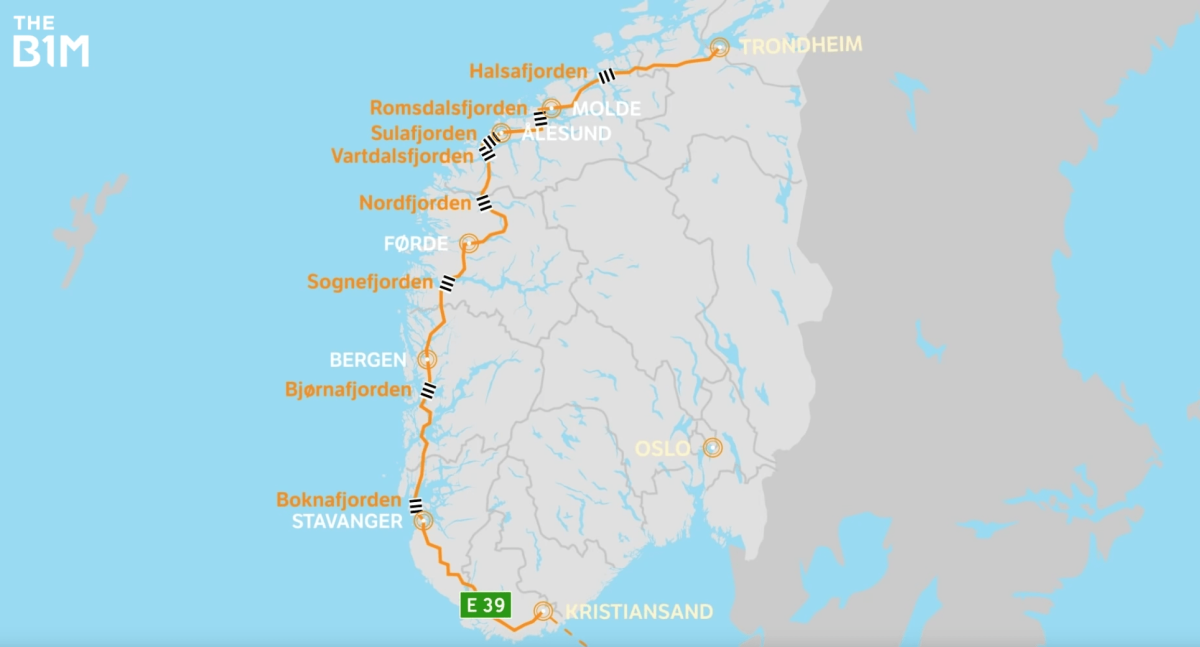In California, residents live under the constant pressure of natural disasters, one of them being earthquakes. So, engineers came up with a way to keep skyscrapers in the game. The seismic waves from an earthquake are what sway the buildings, so engineers already in 6th century B.C. installed stone bricks to buffer these waves this idea has evolved to using rubber pads, metal springs, and ball bearings all designed to dampen these waves.
Waves like these travel easiest through hard materials.
Recently, a team of physics from Liverpool University came up with a new method altogether: redirect the waves completely. First, workers build layers about three feet deep and around the base of the building which is in the earth. These layers are circular and have soft rubber on the inside and get harder the further outside you go so maybe hard plastic or metal on the outside. These layers do not touch the rock underneath it. Because of how the layers are put with cushiest in the middle, the waves keep going and part around the base to keep traveling easiest. they then reconnect at the end of the building layers and keep going.
In my opinion, this relates to engineering because the engineering design process was used to build this and this will help engineers in future projects.
https://www.popsci.com/science/article/2009-10/earthquake-proof-skyscraper#page-2












